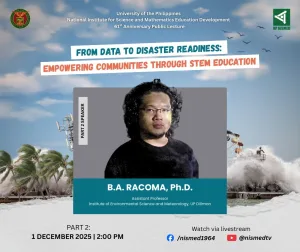Originally posted on the Marine Mammal Research & Conservation Labs’ Facebook page.

Dugongs play a vital role as a keystone species in coastal ecosystems. As obligate benthic herbivores, their anatomy is adapted to grazing exclusively on seagrass beds. Dugongs enhance seagrass communities and boost productivity via its optimal and cultivation grazing. Unfortunately, their proximity to coastal shores puts them at risk to anthropogenic impacts such as pollution and habitat loss due to unsustainable coastal development.
Globally, dugongs are considered vulnerable (VU) but in the Philippines, they are categorized as critically endangered (CR). The exact number of remaining dugong populations in the archipelago remains unknown but continues to decline based on its high annual stranding rates (Aragones et al. unpublished). The stranding data over the past two decades suggests that most of the dugong mortalities in the Philippines are linked to fisheries interactions such as bycatch, entanglement (even in seaweed lines) and illegal blast fishing.
Given these circumstances, ensuring the protection and conservation of dugongs involves not only promoting sustainable ecotourism (dugong watching) but especially entails advocating for the harmonization of appropriate fishing gears to prevent bycatch of dugongs and other marine mammals.
To learn more about dugongs and other marine mammals, feel free to check out https://learnmore-pmmsn.carrd.co and follow our page for more informational materials.


